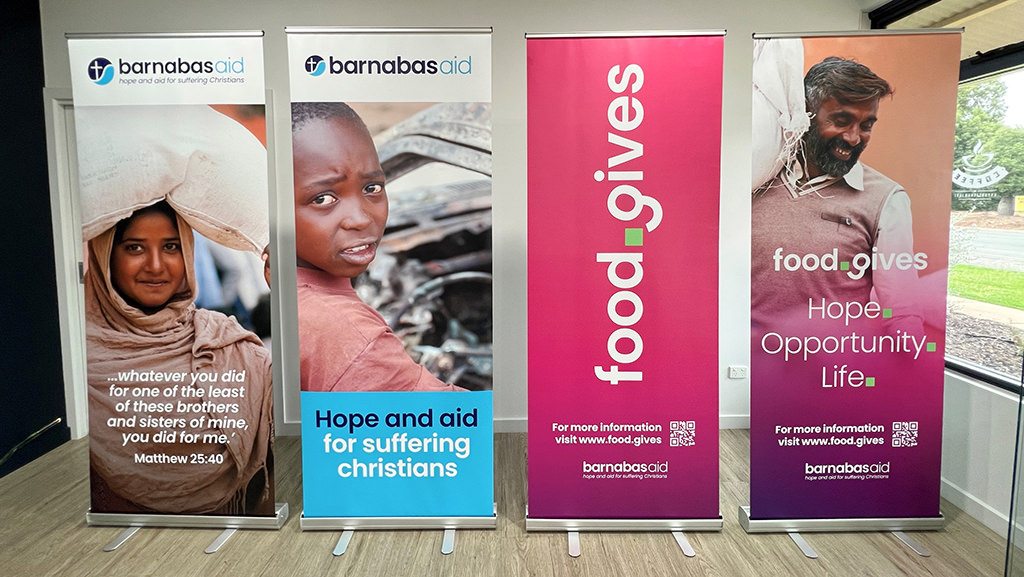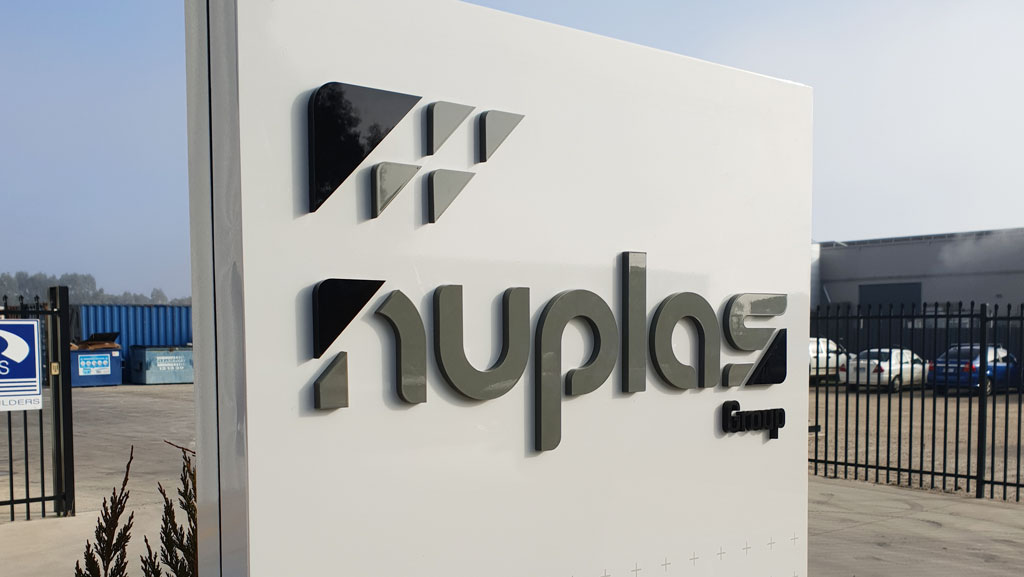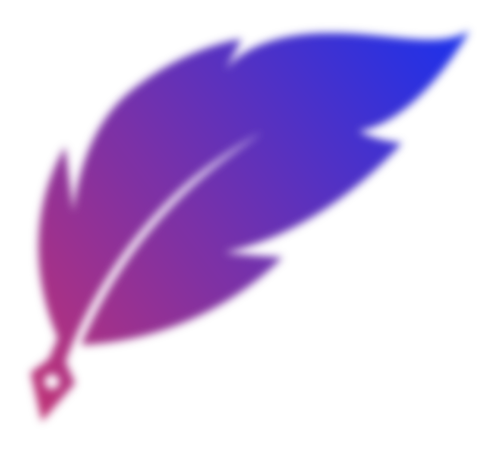Design & Print
Click on the product you are interested in.
CLOSE
Vector files are essential because they remain sharp and clear at any size, making them perfect for logos, signage, name badges and professional print projects. They’re easy to edit, adapt to different formats, and serve as the “master” version of your design—ensuring your visuals look polished and professional everywhere they appear.





If you can open the file in a design program like Adobe Illustrator or CorelDRAW
and zoom in without losing sharpness, it’s likely a vector.
A good rule of thumb: if you received a logo from a professional designer,
ask for the vector version to future-proof your branding.